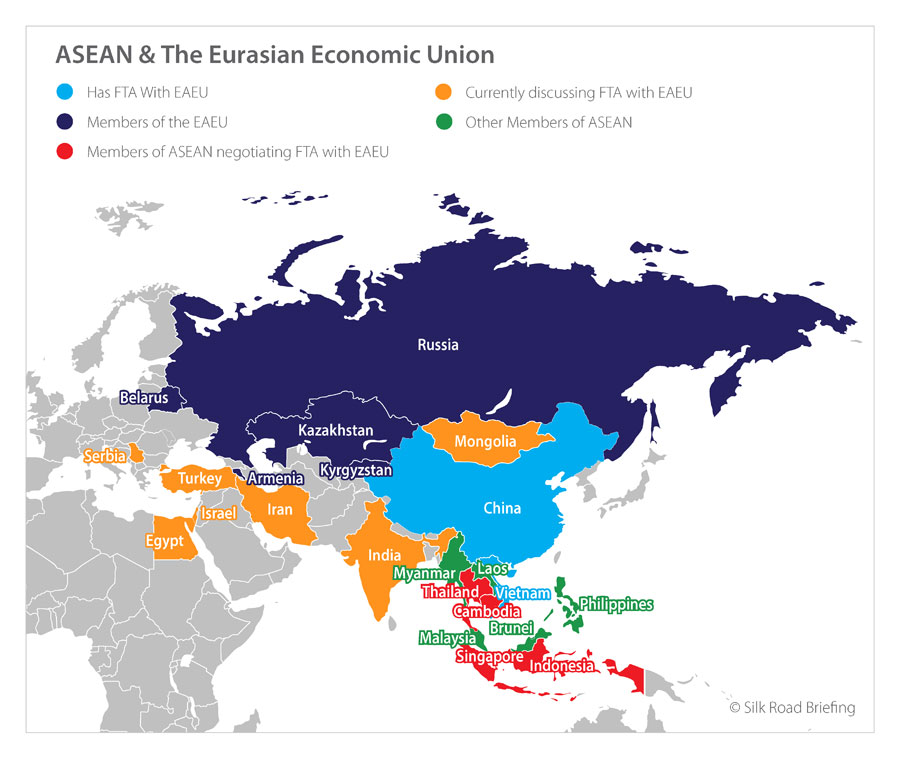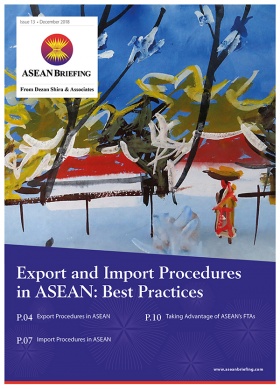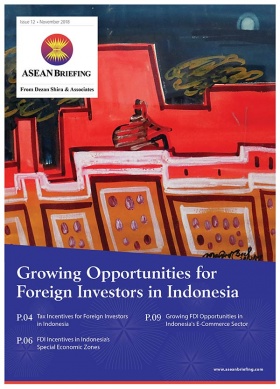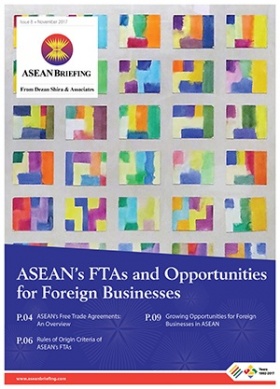ASEAN Countries Want Free Trade Agreements to Develop Russian Trade
Business Opportunities for ASEAN Companies in Far East Asia
Op/Ed by Chris Devonshire-Ellis
Numerous ASEAN member states called for improvements in the region’s free trade status with Russia at this week’s Far East Economic Forum in Vladivostok. Nearly all members with the exception of Vietnam, which has a free trade agreement (FTA) with the Russia-inclusive Eurasian Economic Union (EAEU), suffer from low bilateral trade volumes with Russia. But the Vietnam experience has seen Viet-Russian bilateral trade jump from practically zero to US$10 billion in three years. Other ASEAN nations are understandably keen to duplicate this.
The nearest point to Russia for most ASEAN members is, in fact, Vladivostok in the Russian Far East. Although the kilometer distance is significant, Singapore and Vladivostok are connected by fast shipping routes, while Vladivostok is well integrated with Japan, South Korea, Northern China via shipping and rail, and with Eurasia via the Trans-Siberian rail, which also provides access to Central Asia and Europe. This means a re-think is needed on how to better integrate this corner of Northeast Asia with Southeast Asia trade and development, as well as how to take advantages of these new market opportunities.
Indonesia
Bilateral trade between Russia and Indonesia is currently running at about US$50 million, with a similar amount of investment by Russia into the country being made in the past three years. Kamaz, the Russian truck manufacturer, has established a production unit in Indonesia and are developing service centers across the country. However, as Bambang Brodjenegoro, the Indonesian Minister for National Development and Planning pointed out, both Indonesia and Russia are G20 nations, and given the sizes of their respective economies really ought to be doing better. He cited tariffs as being too high and called for a quick resolution to a Russia-Indonesia Free Trade Agreement “either bilaterally or multilaterally” in a reference to an agreement with the EAEU.
Malaysia
The Malaysian Prime Minister, Mahathir Mohammed, was present at the forum and was honest when we said that very little was known about the potential for Russian Far East trade back in the Malaysian capital, Kuala Lumpur. Trade volumes were insignificant and not many Malay nationals traveled to Russia. However, he did acknowledge some opportunities existed in agricultural produce and tourism could be developed. However, Datuk Seri Azmin Ali, the Malaysian Economic Affairs Minister, did state that the Joint Malaysia-Russia Commission for Economic, Scientific, Technical and Cultural Cooperation (ESTC), which has effectively been dormant the past five years, would be reactivated, and has identified working groups and areas for possible future collaboration.
Singapore
The EAEU Minister of Trade, Veronika Nikishina, had unofficially announced that Singapore would be signing an FTA with the EAEU on October 25, though the date was not confirmed by the Russian Trade Representative to Singapore later. However, it seems a deal has been agreed on trade items, with just the official announcement to be made. Singapore is a major port and distribution hub for ASEAN and Asia as a whole, and an EAEU FTA will boost Russian business ties in the region. Combining Russian component parts with ASEAN produced parts in Singapore, and then reexporting them across the ASEAN market, makes a lot of sense for Russian manufacturers looking to expand into Asia.
Thailand
Thailand also suffers from low volumes of trade with Russia but did state quite clearly it was in the market for hi-tech machinery, but that Russian companies had not yet explored the market potential. Thailand’s electricity consumption will rise from 28 million megawatts now to 80 million megawatts by 2030 and the country needed help with dealing with this. Thailand can export fruit, rubber, rice, and component parts for solar energy, it was stated.
Vietnam
Vietnam has already benefited from a huge increase in Russian bilateral trade via the FTA it has with the EAEU; however, improved logistics and communication steps needed to be taken to support and develop this further, it was stated. However, it is understood that direct flights between Vietnam and Vladivostok will shortly be introduced, reducing business travel times.
Potential For ASEAN-Russia Free Trade Agreements
It is understood that ASEAN individual member states and the ASEAN secretariat are involved in discussing FTAs with Russia, and especially the EAEU, of which Russia is also a member along with Armenia, Belarus, Kazakhstan and Kyrgyzstan. Vietnam, as mentioned, signed off such an FTA nearly three years ago and has benefited from the largely Russian bilateral trade and investment this has produced.
Clearly there is a desire to add the EAEU as a trading partner with ASEAN, the question is whether this will be concluded on an individual ASEAN state basis or as bloc to bloc. Longer-term, it appears clear such an agreement will come into practice. If so, following the example of Vietnam’s experience, ASEAN free trade with the EAEU has the potential to develop into a US$50 billion trade corridor within five years of such an agreement coming into effect, and US$100 billion within by 2030. Logistics, operating businesses and market researchers should be looking now at the possibilities.
About Us
ASEAN Briefing is written by Dezan Shira & Associates. The practice advises foreign investors and Governments into Asia, including each of the ASEAN nations, in addition to China, India, and Russia. The firm maintains offices in Indonesia, Singapore and Vietnam and has affiliates in Cambodia, Malaysia, Philippines and Thailand as well as St.Petersburg, Moscow and Vladivostok. Please email us at asean@dezshira.com for assistance or visit us at www.dezshira.com
- Previous Article The ASEAN-Hong Kong China Free Trade Agreement
- Next Article Singapore to Sign Free Trade Agreement with Eurasian Economic Union in October








